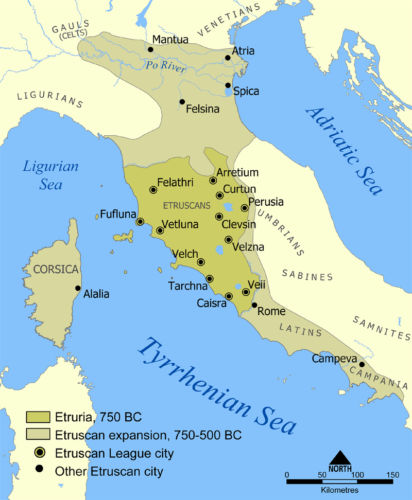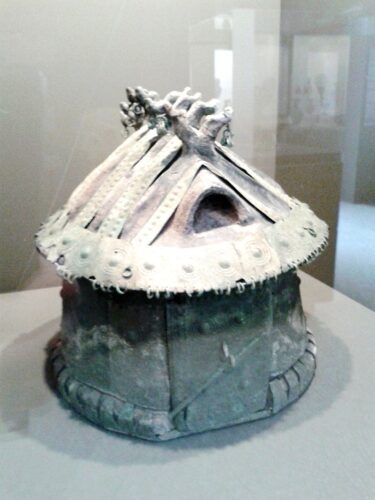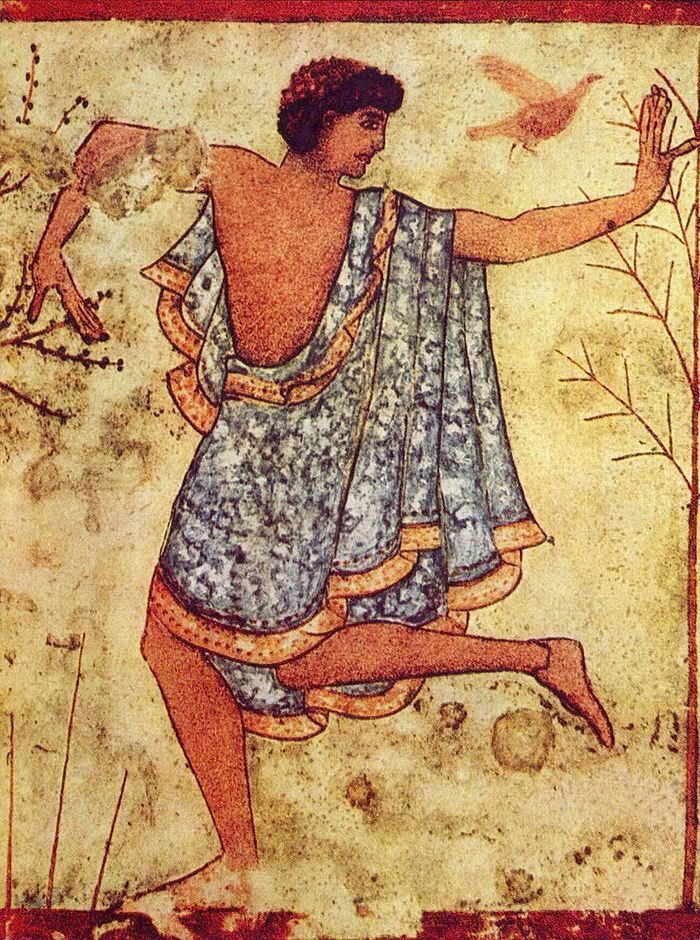Birth
The historic birth of Bologna goes back to the 6th century BC. The wider region of modern-day Bologna has traces of human presence that go back to the Bronze Age (3300 BCE to 1200 BCE) but it is in the Early Iron Age, around the 10th-9th century BC when the first important remains of a permanent settlement were discovered at Villanova di Castenaso, 9 km east of Bologna.
The people of the so-called Villanovan culture introduced iron-working in the Italian peninsula and were later influenced by the Greek civilization through the traders who settled in the South of Italy and the northerners through the trade route of the Amber Road. Villanovans cremated their dead, buried their ashes in cone-shaped pottery urns, and lived in wooden huts. Many of their various artifacts have been discovered on the burial sites which revealed the existence of this civilization.
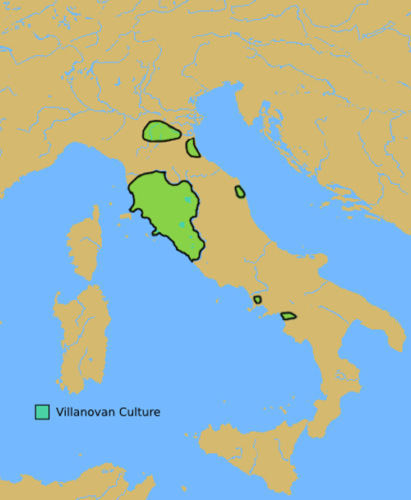
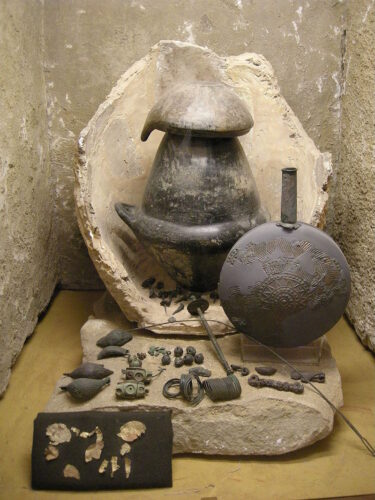
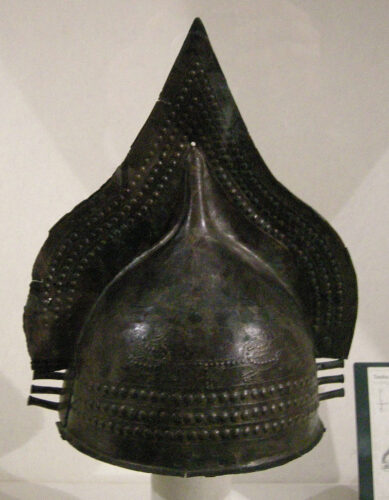
Villanovan culture would evolve into the Etruscan civilization, the dominant cultural counterweight of the Greeks to the South that was in essence formed through its close interaction with the Eastern Classical World, also known as the Orientalizing period. In the sixth century BC, the Etruscans founded a city that quickly became one of the most important cities of the Po valley area and was known as Velzna (Felsina in Latin). With the predominance of the Etruscans, the city of Felsina acquired the status of a real capital of the Po Valley. It tightened commercial traffic and artistic and cultural relations with the most important Etruscan cities: Rome, Chiusi, and Volterra.
